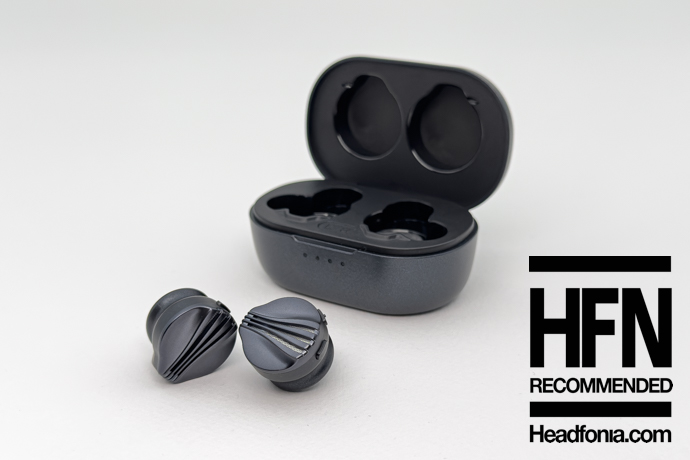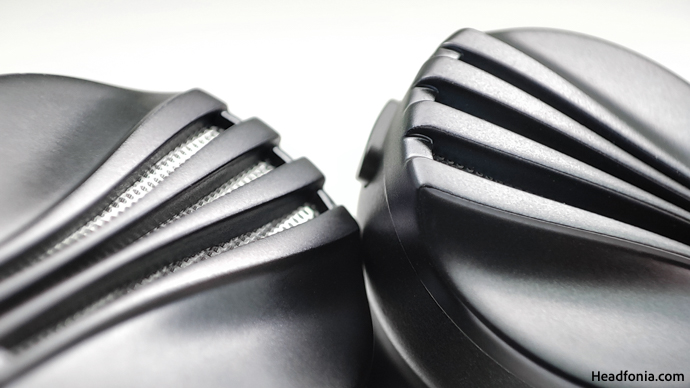Today we’re looking at the new $149 USD FW5 True Wireless IEMs from FiiO.
Disclaimer: FiiO sent us the FW5 TWS for this review, free of charge. As always, I am here to talk about my honest experience with the product.
FiiO
FiiO is an established Chinese audio company that has been designing high-quality audio equipment since 2007. Known for its portable audio players, DACs, amplifiers, and IEMs, FiiO has earned a solid reputation in the audiophile community for its commitment to delivering excellent value for money.
Today, we will take a closer look at FiiO’s new TWS, the FW5. With the release of the FW5, the company ventures into the true wireless earphone market, attempting to bring its audio expertise to this increasingly popular segment. We have reviewed and awarded a lot of FiiO equipment here at Headfonia over the years and you can read those reviews here: Headfonia FiiO Reviews.
FiiO FW5 Full Link HiFi TWS Bluetooth IEM
Today we’re looking at FiiO’s latest and first high-res TWS earphone, the FW5.
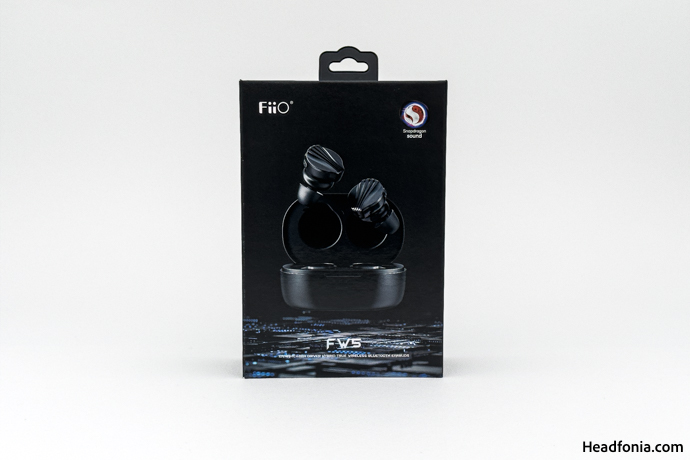
For the first time, FiiO has developed a product that supports Qualcomm’s technology called Snapdragon Sound. Aiming for a HiFi TWS experience with Snapdragon Sound 96K/24bit support, enabling users to enjoy bitrates up to 900kbps via LHDC transmission, the company uses 3 drivers on each side of the FW5. These drivers have a 1DD+2BA configuration and in addition to these, it uses a premium-tier Bluetooth chipset called QCC5141. Even more impressive is the fact that the earphones are fed from a standalone AKM4332 instead of the integrated Bluetooth DAC.
FiiO says that they have utilized the know-how they gained during the R&D process on the UTWS3 and UTWS5 and have developed a product that they believe has really impressive performance for the price.
James from FiiO states that:
”The FW5 supports Snapdragon Sound with 96kHz/24bit transmission and LHDC with up to 900Kbps bit rate, using Qualcomm flagship TWS chip QCC5141 + AKM independent DAC/Amp AK4332. It completely breaks through the performance bottleneck of the DAC chip integrated into the Bluetooth chip. The lowest distortion is as low as 0.0014%, the signal-to-noise ratio is as high as 108dB, and the dynamic range is 104 dB.”
Although this is an impressive achievement, we are going to rely on what we hear and benchmark it against the competition. The TWS market is tough and FiiO is more than welcome here. The more competition, the better!
Here is a small recap of the highlights & specs of the FW5.
- Configuration: x2 Knowles Balanced Armature + x1 10mm Dynamic Driver
- Bluetooth Chipset: Qualcomm QCC5141
- DAC: AKM AK4332
- Snapdragon Sound Support & LHDC + AptX Adaptive
- Battery: 7H per charge, +14h Charging Case (21H Total)
- Certification: IPX4 Water Resistance
- Microphones: Dual cVc mics per side
- FiiO Control App Support
- Multi-Pair
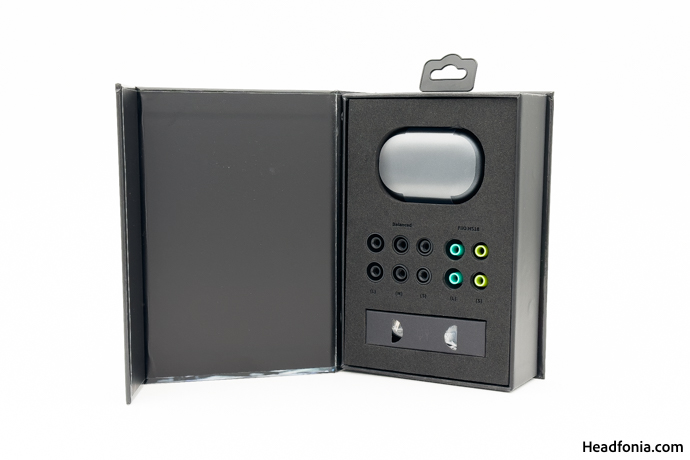
Packaging & Accessories
The FiiO FW5 arrives in FiiO’s new, glittery packaging. The outer surface of the package is covered with a coating that gives a kind of rainbow effect. FiiO unified its packaging style and now all the products arrive in the same, exciting package that I am quite fond of.
Upon opening the box, you’ll find the FW5 seated securely in the charging case, with a protective film over the charging connectors. Just under the charging case, there is a compartment containing the accessories, which include two sets of silicone eartips (S, M, L sizes), a USB-C charging cable, and a user manual. The selection of eartips ensures a comfortable fit and optimal seal for a wide range of ear sizes. I especially liked the newly designed HS18 tips, they feel elastic and comfy.
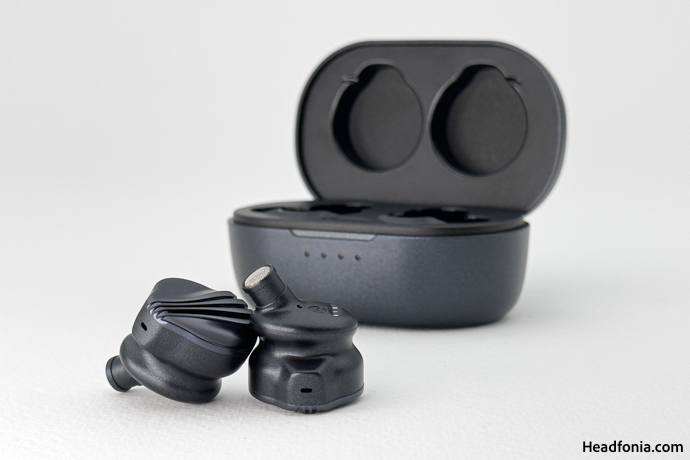
Design, Build & Fit
The FW5 has a sleek and modern design that is in line with the FiiO universal IEM design style. It has a surprisingly similar look and feel to the FiiO FD5 IEMs. The earphones have a matte gunmetal grey finish with chrome mesh accents that are placed on the front of the earphones, giving them a unique look and feel. FiiO chose to use plastic instead of metal for the IEMs in order to make them as light as possible.
The charger case, also in a slightly darker grey, is compact and sturdy with a magnetic closure that keeps the earphones securely in place. I have to say I like the build quality of the charging case, it’s light and portable even with the earphones inside. There are 4 white LEDs on the front of the case as battery indicators and these LEDs have a soft glow, so there is no eye strain. In order to charge the case, there is a USB-C port on the back of the case under the hinge. Additionally, I couldn’t find pairing or reset buttons anywhere on the case so these functions are limited only to the physical buttons on the IEMs.
In terms of fit, the FW5 has a similar shape and form compared to the FiiO’s FD5 IEMs. The shells look relatively big, especially for a TWS but as soon as I found the optimal tips for my ear anatomy, the comfort was great. The slightly angled, long nozzle improves the fit, while the choice of ear tips helps to create a good seal for optimum sound isolation. Personally, I found the medium HS18 eartips to provide the best seal and comfort, but your experience may vary depending on your ear size and shape. Overall, the fit is highly dependent on the tips because of the long and wide, angled nozzle. For those who have small ears, you may need to look elsewhere. The total weight of the FW5 is 57g including the charging case. The earbuds are quite light at 6g each.
Controls
The FiiO FW5 is equipped with two physical buttons on each earbud, allowing for easy management of calls, volume adjustments, and music playback control. The control buttons have good tactile feedback and are easy to use. The full list of operations can be seen here. It is easy to remember and learn the shortcuts. If anything goes wrong, turn off the TWS IEMs and hold both buttons for about 5s for a full reset.
Wireless & Connection Stability
The FW5 utilizes Bluetooth 5.2 technology and Qualcomm’s QCC5141 premium tier chipset for a stable and efficient wireless connection. In my tests, the earbuds quickly and easily paired with various devices, and I experienced no dropouts or connection issues during use. The FW5 supports SBC, AAC, aptx/aptx Adaptive, and LHDC. I did experience occasional stuttering with the LHDC codec when I was 3-5m away from the phone/source, however, it should be noted that I am mainly an iPhone 14 PMX user, and my Android 13 test phone does not support Snapdragon Sound. Your experience may be marginally different if you are planning to use the FW5 with a phone equipped with a Snapdragon 888 chipset or above. Overall, my experience has been positive with the FW5, I had some experience with the QCC5141 already and it is a reliable chip that gets the job done.
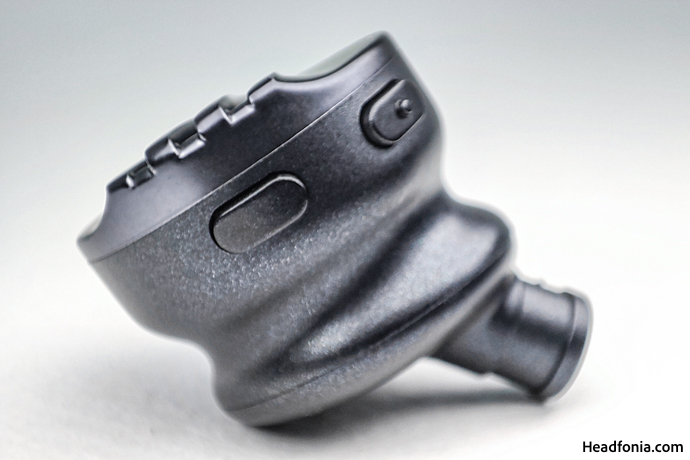
In terms of signal latency, my Snapdragon 865-equipped phone running Android 13 experienced significantly less latency with the LHDC codec in the YouTube app compared to the AptX adaptive codec. I experienced similar results while playing games so if you are planning to game with the FW5 while using the AptX Adaptive codec, don’t. On Android, you’ll have to switch to LHDC or SBC for better latency performance, especially if you want to game using the FW5.
On iOS, the only available codec is as usual the AAC due to Apple’s limitations. I tested Disney+, Netflix & YouTube using 14PMX and the latency was good. I experienced mild latency with games though.
The review continues on Page Two, after the click HERE or by using the jump below.
Page 1: FiiO, FW5, Packaging & Accessories, Design, Build & Fit, Controls, Wireless & Connection Stability
Page 2: Battery Life, App Support, Call Quality, Sound & Performance, Comparison, Last Words






